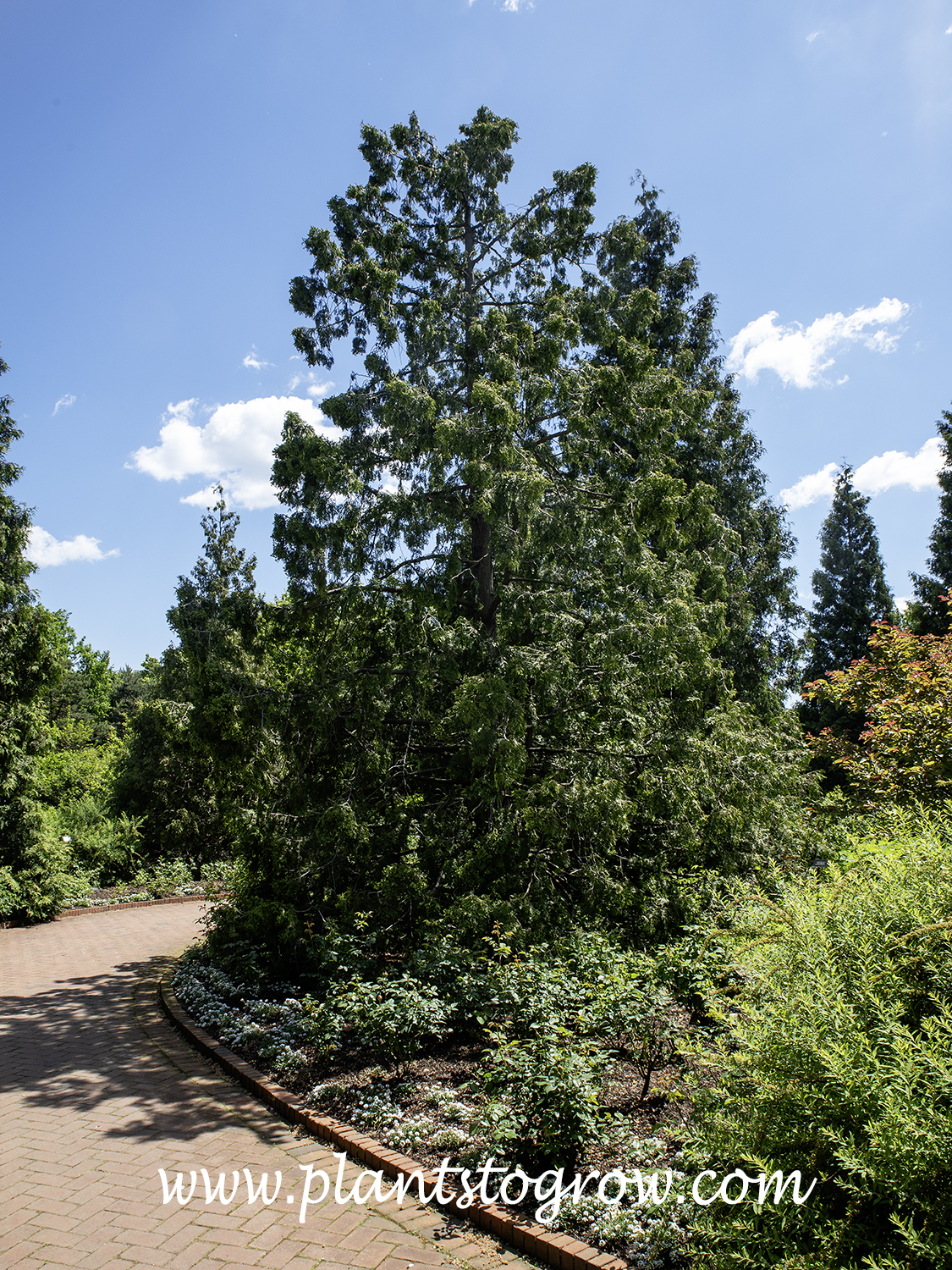| Description | Western Red Cedar (Thuja plicata) is a fast-growing large pyramidal evergreen tree. Many of it's cultivars are used as landscape plants. |
|---|---|
| Pronunciation | (THU-ya)(ply-KAY-tuh) |
| Plant Type | Trees Coniferous |
| Hardiness Zone | 5-7 |
| Sunlight | full sun, partial shade, or dappled sunlight |
| Moisture | prefers consistently moist, average |
| Soil & Site | average, well-drained soil high in organic matter and an acidic to neutral pH |
| Temperature | prefers cool moist regions |
| Fruit | Cones are elliptical, about 1 by 1 inch. Seed cones and pollen cones appear on the same plant (monoecious) |
| Leaves | Shiny, dark green evergreen foliage with white markings arranged in flat sprays. |
| Stems | The bark is thick and aromatic, varying from gray to reddish-brown, and can be easily torn off in strips. |
| Dimensions | 50-70 by 15-25 feet (HS), pyramidal |
| Native Site | Native to Alaska and the Pacific Northwest of the United States. |
| Cultivar Origin | Introduced by William Lobb in 1853. |
| Author's Notes | Western Red Cedars used in landscaping are among the many cultivars better suited for landscape sites. Native species are not often utilized. |
| Notes & Reference | #01-Manual of Woody Landscape Plants (Michael Dirr), #03-The Hillier Manual of Trees and Shrubs (Hillier Nursery), #270-North Carolina Extention Gardener Tool Box (https://plants.ces.ncsu.edu/plants) |

Cart

